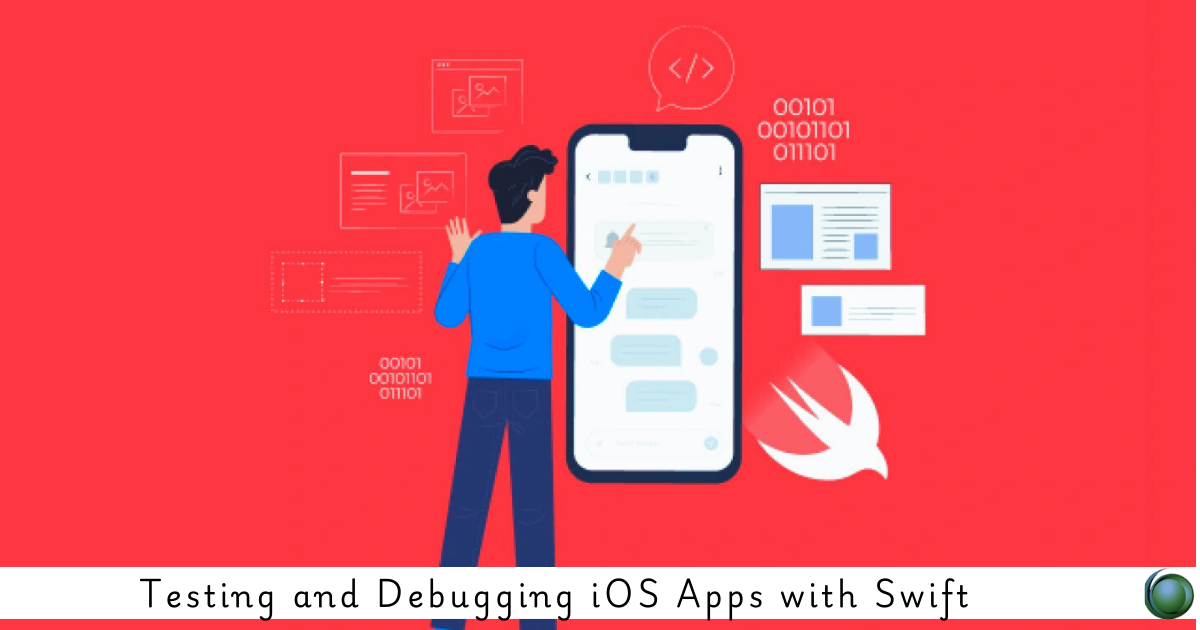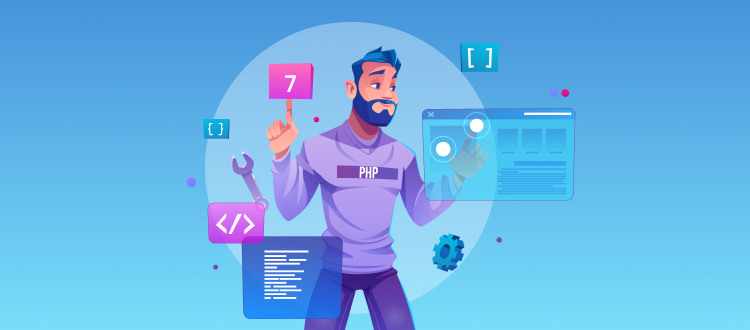Description
Introduction
Testing and debugging are essential parts of the software development lifecycle, ensuring that your iOS applications are functional, reliable, and free from bugs. Swift provides a powerful set of tools and frameworks for testing and debugging, making it easier for developers to identify issues, improve code quality, and deliver seamless user experiences. This course covers various strategies and best practices for testing and debugging iOS apps built with Swift, focusing on unit tests, UI tests, debugging techniques, and performance optimization.
Prerequisites
- Basic knowledge of Swift programming
- Familiarity with Xcode and iOS development
- Understanding of object-oriented programming concepts
- Experience in developing basic iOS apps
- Familiarity with UIKit (optional but helpful)
Table of Contents
- Introduction to Testing in Xcode
1.1 What is Unit Testing?
1.2 Overview of Xcode Testing Tools
1.3 Setting Up Test Targets in Xcode
1.4 Introduction to XCTest Framework
1.5 Writing and Running Unit Tests in Xcode - Unit Testing in Swift
2.1 Test-Driven Development (TDD) Overview
2.2 Writing Unit Tests with XCTest
2.3 Asserting Results and Handling Assertions
2.4 Mocking Dependencies with Mocks and Stubs
2.5 Testing Model Classes and View Models - UI Testing in Xcode
3.1 Introduction to UI Testing
3.2 Writing UI Tests with XCTest
3.3 Interacting with UI Elements: Buttons, Text Fields, etc.
3.4 Verifying UI Elements and States
3.5 Best Practices for UI Test Automation - Debugging Swift Code
4.1 Using Xcode Debugger: Breakpoints, Stepping Through Code
4.2 Inspecting Variables and Call Stacks
4.3 Using LLDB Commands for Debugging
4.4 Debugging with Console Output
4.5 Analyzing Crash Logs and Debugging Crashes - Performance Optimization and Profiling
5.1 Introduction to Xcode Instruments
5.2 Using the Time Profiler for Performance Bottlenecks
5.3 Analyzing Memory Usage and Leaks
5.4 Profiling App Launch Time and Response Time
5.5 Optimizing App Performance and Battery Usage - Error Handling and Debugging in Swift
6.1 Swift Error Handling: Try, Catch, and Throw
6.2 Handling Optional Values and Nil-Coalescing
6.3 Debugging Common Swift Errors
6.4 Writing Custom Error Types in Swift(Ref: Deploying and Publishing iOS Apps to the App Store with Swift)
6.5 Using Swift Assertions and Pre-conditions for Debugging - Advanced Debugging Techniques
7.1 Debugging Multi-threaded Applications
7.2 Debugging Networking Issues and API Responses
7.3 Debugging SwiftUI Applications
7.4 Debugging with Logging and Instruments
7.5 Using External Debugging Tools and Logs - Continuous Integration and Automated Testing
8.1 Introduction to Continuous Integration (CI)
8.2 Setting Up Automated Tests with CI Tools (e.g., Jenkins, GitHub Actions)
8.3 Running Unit and UI Tests in CI/CD Pipeline
8.4 Reporting Test Results and Fixing Failing Tests
8.5 Best Practices for CI and Test Automation - Debugging iOS App Distribution Issues
9.1 Resolving App Store Submission Errors
9.2 Debugging App Distribution in TestFlight
9.3 Handling Provisioning Profiles and Certificates
9.4 Dealing with App Crashes in Production
9.5 Diagnosing Network and API Issues in Live Environments - Best Practices for Testing and Debugging iOS Apps
10.1 Writing Testable Code and Design Patterns
10.2 Keeping Tests Fast and Reliable
10.3 Maintaining Test Coverage and Documentation
10.4 Managing Test Data and Test Environments
10.5 Tips for Effective Debugging and Issue Resolution
By the end of this course, participants will have gained a comprehensive understanding of testing and debugging techniques for iOS applications. They will be equipped with the skills to write and run unit and UI tests using Xcode, efficiently debug code using various tools, and optimize application performance. Furthermore, developers will be prepared to implement continuous integration and automated testing in their workflows, ensuring the long-term quality and maintainability of their iOS apps.







Reviews
There are no reviews yet.